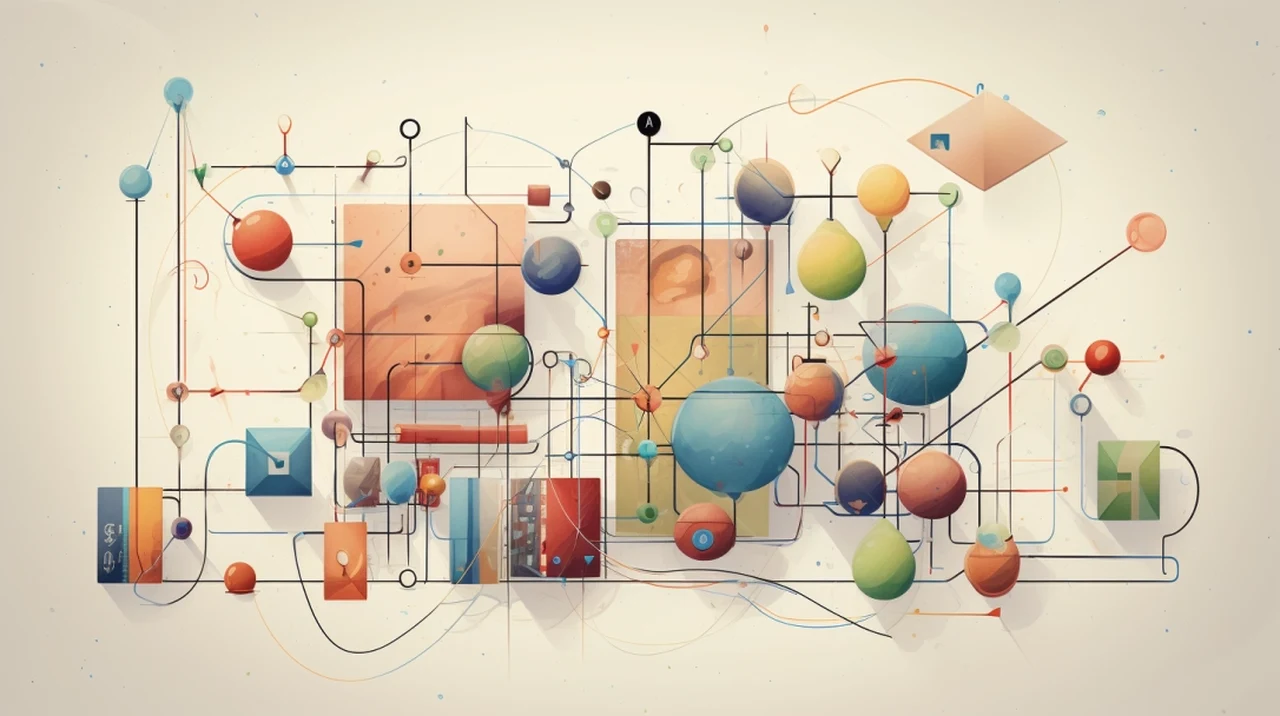
If you are interested in learning how to build knowledge graphs using artificial intelligence and specifically large language models (LLM). Johannes Jolkkonen has created a fantastic tutorial that shows you how to used Python to create an environment with the necessary data and setting up credentials for the OpenAI API and Neo4j database.
Wouldn’t it be fantastic if you could collate your vast amounts of information and interconnect it in a web of knowledge, where every piece of data is linked to another, creating a map that helps you understand complex relationships and extract meaningful insights. This is the power of a knowledge graph, and it’s within your reach by combining the strengths of graph databases and advanced language models. Let’s explore how these two technologies can work together to transform the way we handle and analyze data.
Graph databases, like Neo4j, excel in managing data that’s all about connections. They store information as entities and the links between them, making it easier to see how everything is related. To start building your knowledge graph, set up a Neo4j database. It will be the backbone of your project. You’ll use the Cypher query language to add, change, and find complex network data. Cypher is great for dealing with complicated data structures, making it a perfect match for graph databases.
How to build knowledge graphs with LLMs
Here are some other articles you may find of interest on the subject of large language models :
Building knowledge graphs
Now, let’s talk about the role of advanced language models, such as those developed by OpenAI, including the GPT series. These models have changed the game when it comes to understanding text. They can go through large amounts of unstructured text, like documents and emails, and identify the key entities and their relationships. This step is crucial for adding rich, contextual information to your knowledge graph.
When you’re ready to build your knowledge graph, you’ll need to extract entities and relationships from your data sources. This is where Python comes in handy. Use Python to connect to the OpenAI API, which gives you access to the powerful capabilities of GPT models for pulling out meaningful data. This process is essential for turning plain text into a structured format that fits into your graph database.
The foundation of a knowledge graph is the accurate identification of entities and their connections. Use natural language processing (NLP) techniques to analyze your data. This goes beyond just spotting names and terms; it’s about understanding the context in which they’re used. This understanding is key to accurately mapping out your data network.
Things to consider
When building a knowledge graph it’s important to consider:
- Data Quality and Consistency: Ensuring accuracy and consistency in the data is crucial for the reliability of a knowledge graph.
- Scalability: As data volume grows, the knowledge graph must efficiently scale without losing performance.
- Integration of Diverse Data Sources: Knowledge graphs often combine data from various sources, requiring effective integration techniques.
- Updating and Maintenance: Regular updates and maintenance are necessary to keep the knowledge graph current and relevant.
- Privacy and Security: Handling sensitive information securely and in compliance with privacy laws is a significant consideration.
Adding a user interface
A user-friendly chat interface can make your knowledge graph even more accessible. Add a chatbot to let users ask questions in natural language, making it easier for them to find the information they need. This approach opens up your data to users with different levels of technical skill, allowing everyone to gain insights.
Working with APIs, especially the OpenAI API, is a critical part of this process. You’ll need to handle API requests smoothly and deal with rate limits to keep your data flowing without interruption. Python libraries are very helpful here, providing tools to automate these interactions and keep your data pipeline running smoothly.
Begin your data pipeline with data extraction. Write Python scripts to pull data from various sources and pass it through the GPT model to identify entities and relationships. After you’ve extracted the data, turn it into Cypher commands and run them in your Neo4j database. This enriches your knowledge graph with new information.
Benefits of knowledge graphs
- Enhanced Data Interconnectivity: Knowledge graphs link related data points, revealing relationships and dependencies not immediately apparent in traditional databases.
- Improved Data Retrieval and Analysis: By structuring data in a more contextual manner, knowledge graphs facilitate more sophisticated queries and analyses.
- Better Decision Making: The interconnected nature of knowledge graphs provides a comprehensive view, aiding in more informed decision-making.
- Facilitates AI and Machine Learning Applications: Knowledge graphs provide structured, relational data that can significantly enhance AI and machine learning models.
- Personalization and Recommendation Systems: They are particularly effective in powering recommendation engines and personalizing user experiences by understanding user preferences and behavior patterns.
- Semantic Search Enhancement: Knowledge graphs improve search functionalities by understanding the context and relationships between terms and concepts.
- Data Visualization: They enable more complex and informative data visualizations, illustrating connections between data points.
API rate limits and costs
Handling API rate limits can be tricky. You’ll need strategies to work within these limits to make sure your data extraction and processing stay on track. Your Python skills will come into play as you write code that manages these restrictions effectively.
Don’t forget to consider the costs of using GPT models. Do a cost analysis to understand the financial impact of using these powerful AI tools in your data processing. This will help you make smart choices as you expand your knowledge graph project.
By bringing together graph databases and advanced language models, you’re creating a system that not only organizes and visualizes data but also makes it accessible through a conversational interface. Stay tuned for our next article, where we’ll dive into developing a user interface and improving chat interactions for your graph database. This is just the beginning of your journey into the interconnected world of knowledge graphs.
Filed Under: Guides, Top News
Latest timeswonderful Deals
Disclosure: Some of our articles include affiliate links. If you buy something through one of these links, timeswonderful may earn an affiliate commission. Learn about our Disclosure Policy.

